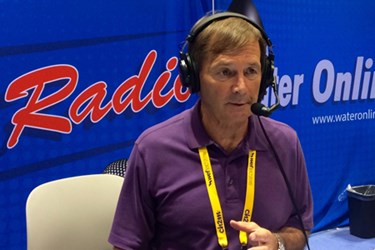Will Peracetic Acid Replace Chlorine?

Chlorine has long been a water treatment staple, but it’s not without its complications. As an alternative, some treatment facilities have been turning to peracetic acid (PAA) and enjoying several key advantages.
Treatment with PAA is a quick, one step process, unlike chlorination which requires a dechlorinating phase. In a wastewater treatment plant, PPA works in 22 minutes. The byproducts produced are nontoxic and consist of water, carbon dioxide, and acetic acid. Unlike a UV system, it’s not affected by solids or turbidity.
Converting to PAA does take an investment. While PAA’s single step process means less tankage and pumps, the materials and construction are different than what most plants have installed for use of, say, sodium hypochlorite.
Perhaps the main obstacle to widespread PAA adoption has been the industry’s much-maligned trepidation to change. But this may one day be overcome by the solution’s champions.
“What happens is that when you first get involved… everybody is afraid to do anything,” John Maziuk, the technical development manager with Solvay Chemical, said of pushing for PAA adoption three years ago. “From our standpoint, we had to ensure that they knew that everything had been vetted. They had to be confident in the person that was trying to explain to them, ‘This is what can happen, this is how we do it.’”
To hear more about PAA, tune in to Maziuk’s interview with Water Online Radio below.
